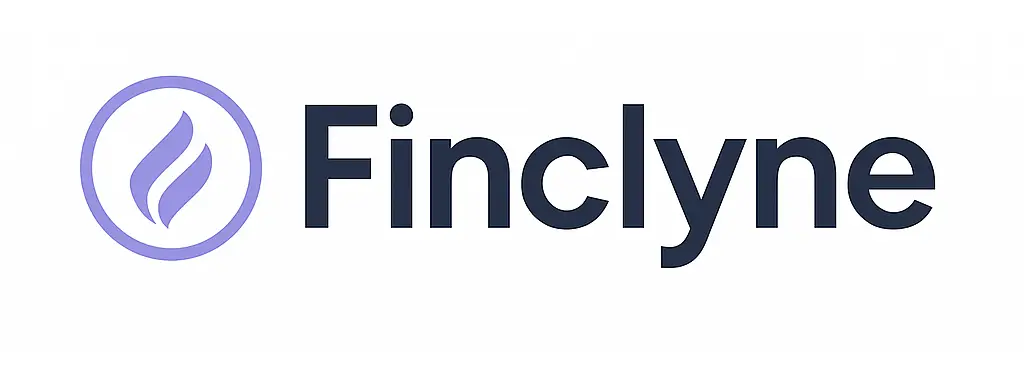**Trump’s Rejection of Tariff Relief on Electronics Stirs Concerns for Young Consumers**
Former President Donald Trump has reaffirmed his stance on a 20% tariff on imported electronics, rejecting calls for exemptions. This decision, announced via a statement on his Truth Social platform, reignites a debate around trade protectionism and its potential impact on young consumers, particularly those navigating tight budgets and reliant on affordable tech.
The tariff, initially implemented during Trump’s presidency, targets a wide range of electronic goods manufactured overseas. While the former president argues these tariffs protect American jobs and encourage domestic manufacturing, critics contend they translate into higher prices for consumers, especially younger demographics who are often early adopters of new technologies and heavily reliant on devices for education, communication, and entertainment.
Trump’s unwavering position comes at a time when inflation remains a concern for many young people. The rising cost of living coupled with potential price hikes on essential electronics like laptops, smartphones, and tablets, could further strain their finances. This situation raises questions about the long-term effects of such protectionist policies on younger generations’ access to technology and their overall economic well-being. Some analysts predict a potential slowdown in the tech refresh cycle, with young consumers holding onto their devices longer due to increased replacement costs.
This news has already sparked discussion online, with many young people voicing concerns about the affordability of future tech purchases. The lack of tariff relief could also influence purchasing decisions, potentially pushing consumers towards older models or less feature-rich devices to stay within budget. Ultimately, the sustained 20% tariff leaves young consumers facing a challenging landscape where access to the latest technology becomes increasingly dependent on their financial capacity to absorb these added costs.





